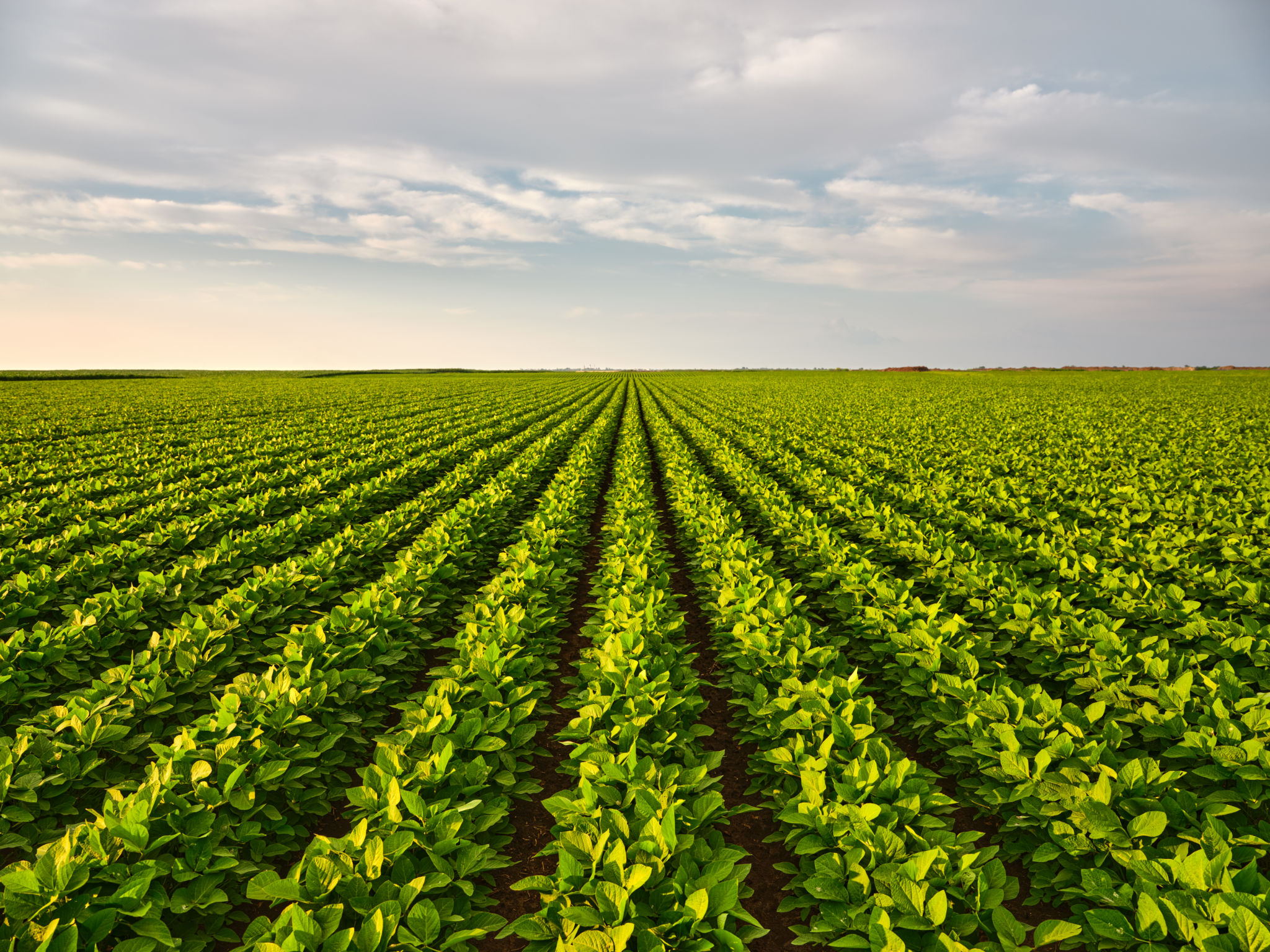How to Start Your Own Farm in Indonesia: A Step-by-Step Guide
Starting a farm in Indonesia can be a rewarding endeavor, blending traditional practices with modern agricultural techniques. With its fertile lands and diverse climate, Indonesia offers a variety of opportunities for aspiring farmers. This guide will help you navigate the essential steps to establish your own farm in this vibrant country.
Understanding the Basics
Before diving into farming, it's crucial to understand the basics of agriculture in Indonesia. The country has a rich farming heritage, with rice, palm oil, and rubber being some of its primary crops. Identify which crops or livestock are best suited for the region you are interested in. Additionally, familiarize yourself with the local climate, soil conditions, and water availability as they significantly impact your farming success.

Planning Your Farm
Choosing the Right Location
The location of your farm is pivotal. Consider factors such as proximity to markets, accessibility to roads, and availability of resources like water and labor. Each region in Indonesia offers unique advantages, so choose a location that aligns with your agricultural goals.
Developing a Business Plan
A solid business plan is essential for any successful farming venture. Outline your objectives, budget, and timeline. This plan should include detailed insights into your chosen crops or livestock, expected investment costs, and potential revenue streams. Having a well-thought-out business plan will help you stay focused and attract potential investors or partners.

Securing Land and Resources
Acquiring Land
In Indonesia, land acquisition can be a complex process due to varying regulations. It's important to work with local authorities and legal experts to ensure compliance with laws. You may consider leasing land initially to minimize upfront costs.
Accessing Resources
Once you have your land, securing resources like seeds, fertilizers, and equipment is next. Establish relationships with local suppliers to ensure a steady supply of quality materials. Additionally, consider investing in sustainable practices to enhance productivity while preserving the environment.

Building Infrastructure
Investing in infrastructure is key to the success of your farm. This includes building storage facilities, irrigation systems, and housing for livestock if applicable. Proper infrastructure not only boosts efficiency but also safeguards your produce and livestock from environmental factors.
Cultivating Your Crops or Raising Livestock
With everything in place, it's time to start cultivating your crops or raising livestock. Pay attention to best practices in planting, irrigation, and pest control to maximize yields. If you're raising animals, ensure their welfare through proper nutrition and healthcare.

Marketing and Selling Your Produce
To turn your farm into a profitable venture, develop effective marketing strategies. Engage with local markets, explore export opportunities, and leverage social media to reach a wider audience. Building a brand around your farm can increase visibility and demand for your produce.
Starting a farm in Indonesia requires dedication, research, and strategic planning. By following these steps, you can establish a successful farming business that contributes to the local economy and provides sustainable livelihoods.